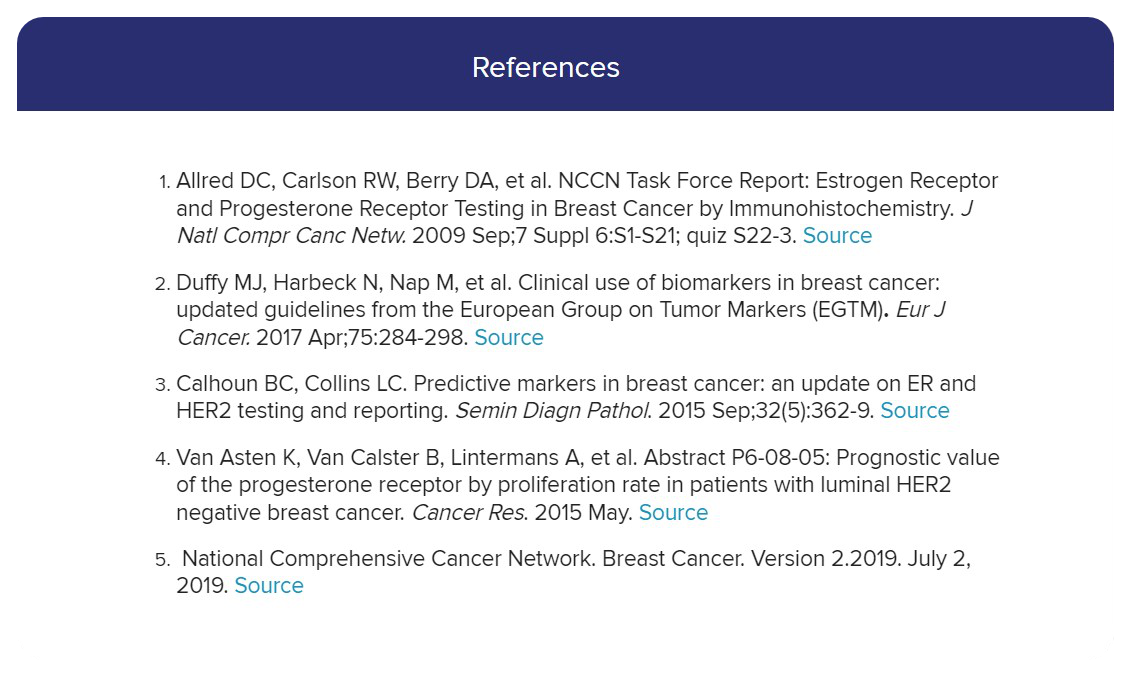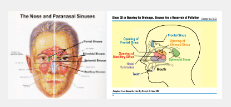Can You Prevent or Decrease Breast Density on Mammography and Therefore Decrease the Risk of Breast Cancer?
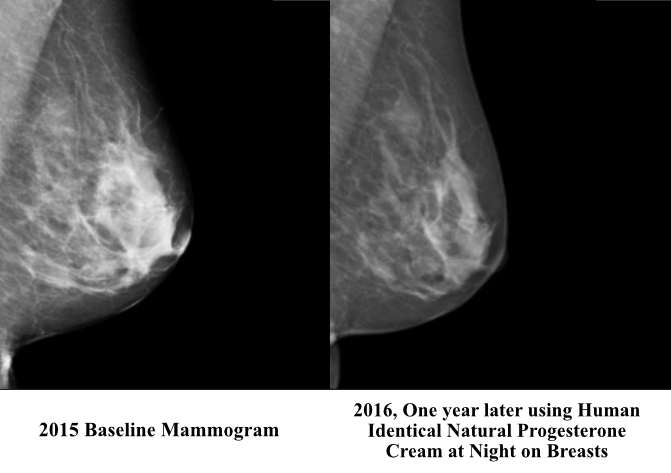
Dense breast by mammography means breast glandular cells and supporting stromal collagen fibrous are stimulated by human estrogens- estradiol the most powerful, estriol, and estrone. The density gives the breast shape and firmness and able to withstand gravity and facilitates lactation with pregnancy and delivery.
Breast Glands + Fibrous Stroma
Persistent Non Involuting Breast Epithelium and gland Correlates with Radiological Increasing Dense Breasts
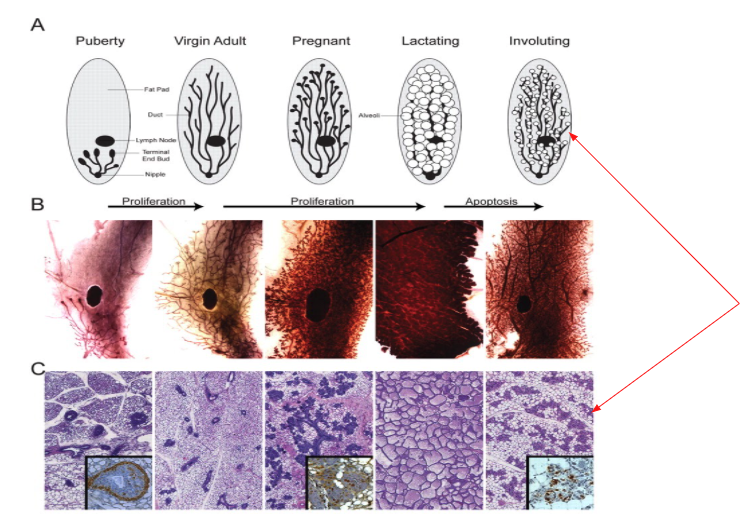
With increasing age especially from 45 to 60 and further, the breast density should decrease, and glandular tissues and cells should “Involute”. It is not normal for persistent breast density from the influence of human estrogen, a composite of estradiol, estriol, and estrones after childbearing years.
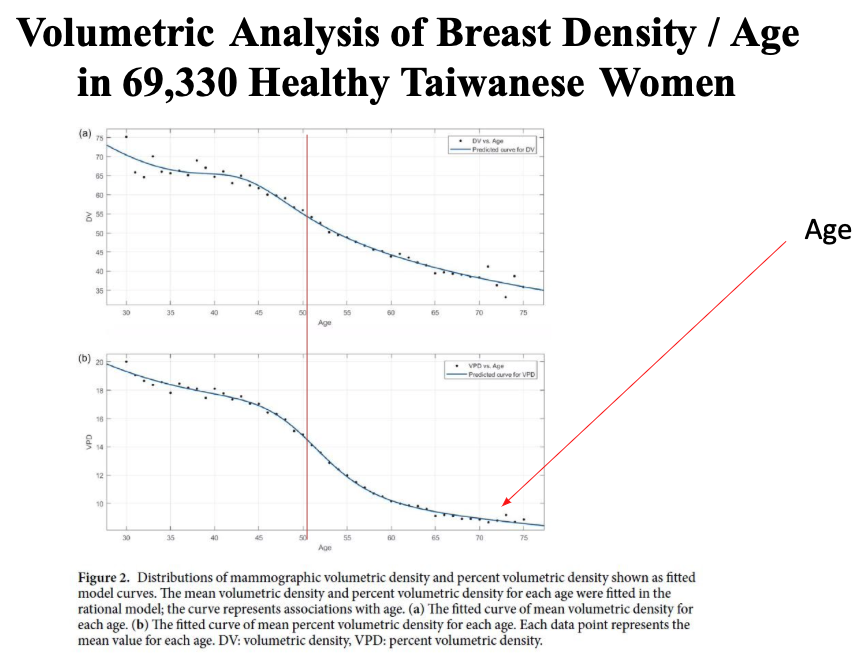
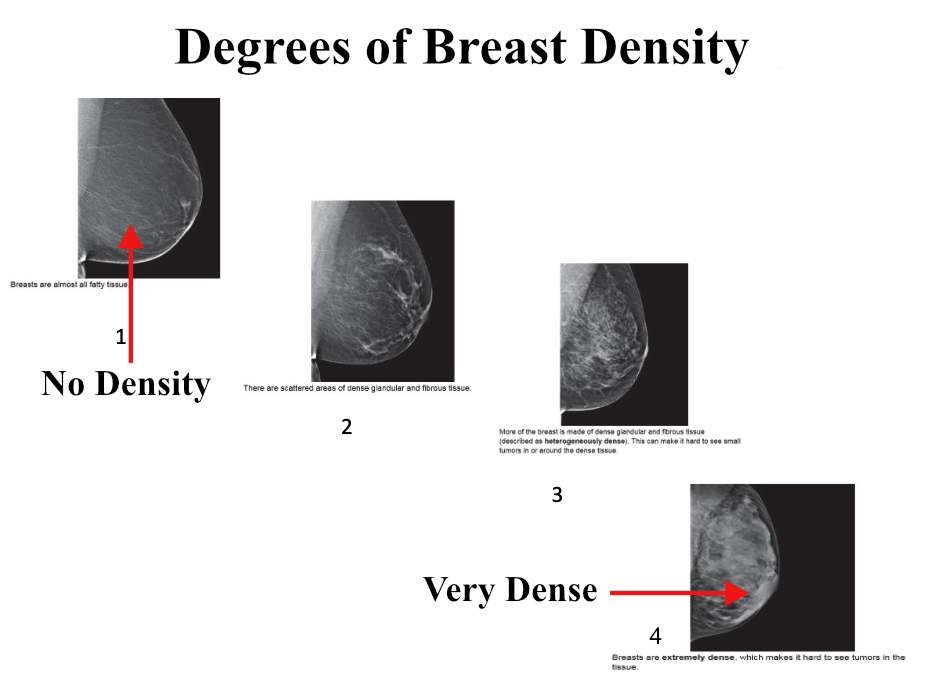
Breast density at ages 45-60 and on is at risk for breast cancer development at 30-50% increase. Density is influenced by estradiol, estriol and estrone.
Gradation of Breast Density on Mammography
- Almost all fat (< 10% density)
- Scattered areas of fibroglandular density (10-25% density)
- Heterogeneously dense (26%-50% density)
- Extremely dense ( > 50% density)
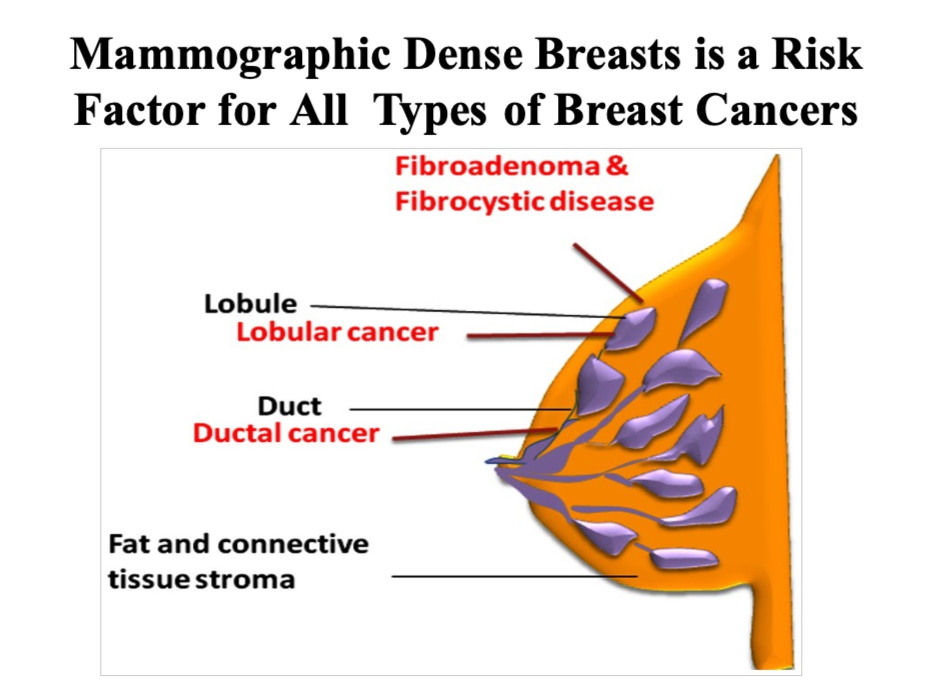
KJ Chang and de Ligniere 1995 from France and Taiwan and Jason Carroll of from Cambridge UK 2016 have shown that Progesterone the other powerful female hormone can counteract the effects of estradiol estrogens.
Carroll showed the intricate biochemistry of downregulation of “Micronized human identical progesterone on estradiol receptors on a cellular level. Chang and de Ligniere showed that a Micronized progesterone topical cream applied to the breast prior to biopsy showed downregulation of estrogen receptors in human subjects.
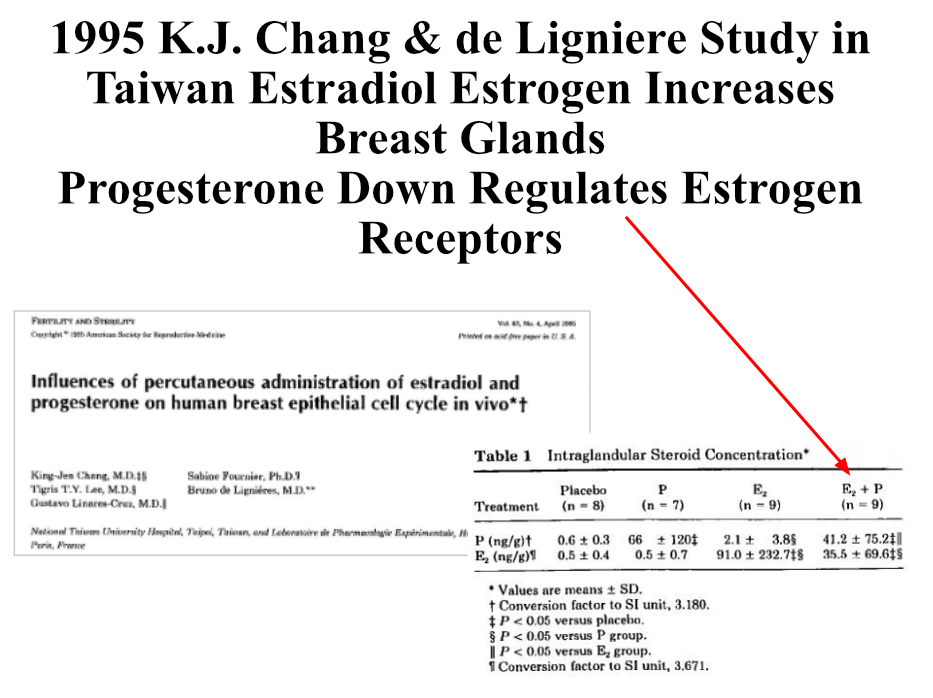
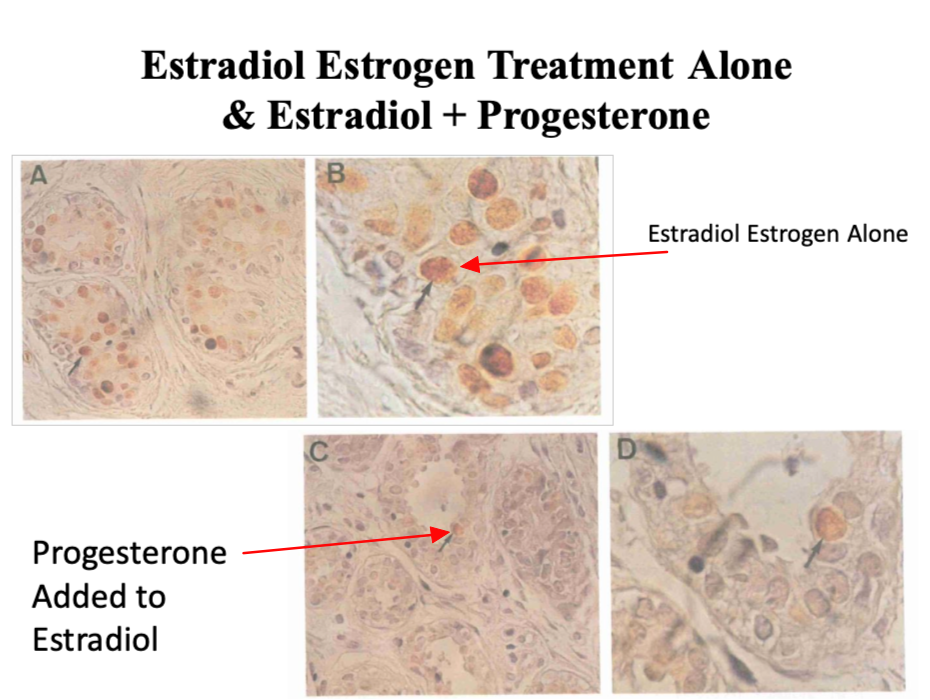
And more recently the biochemical study confirms that progesterone can down regulate estradiol receptors.
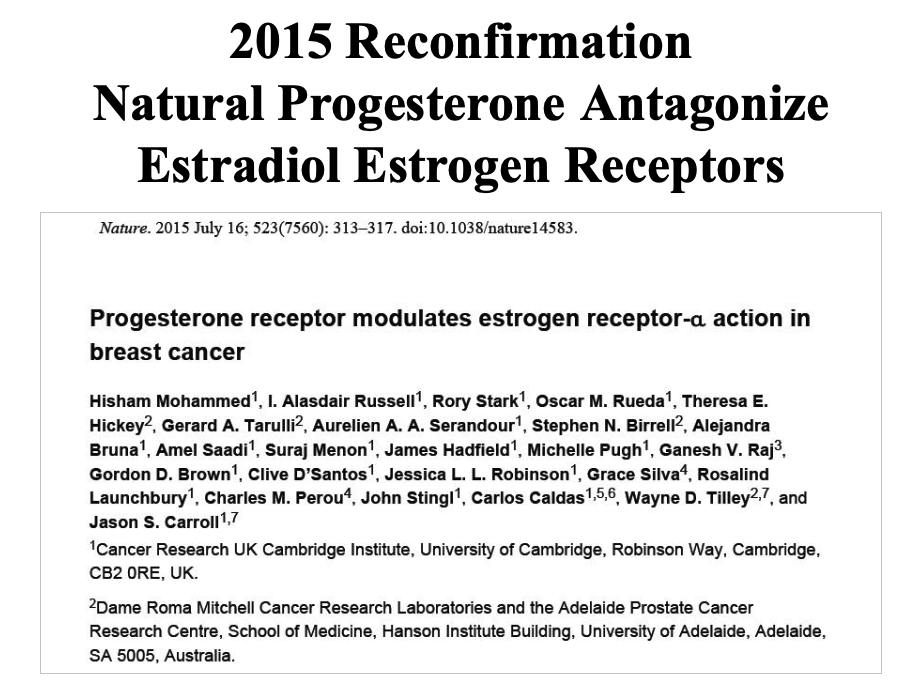
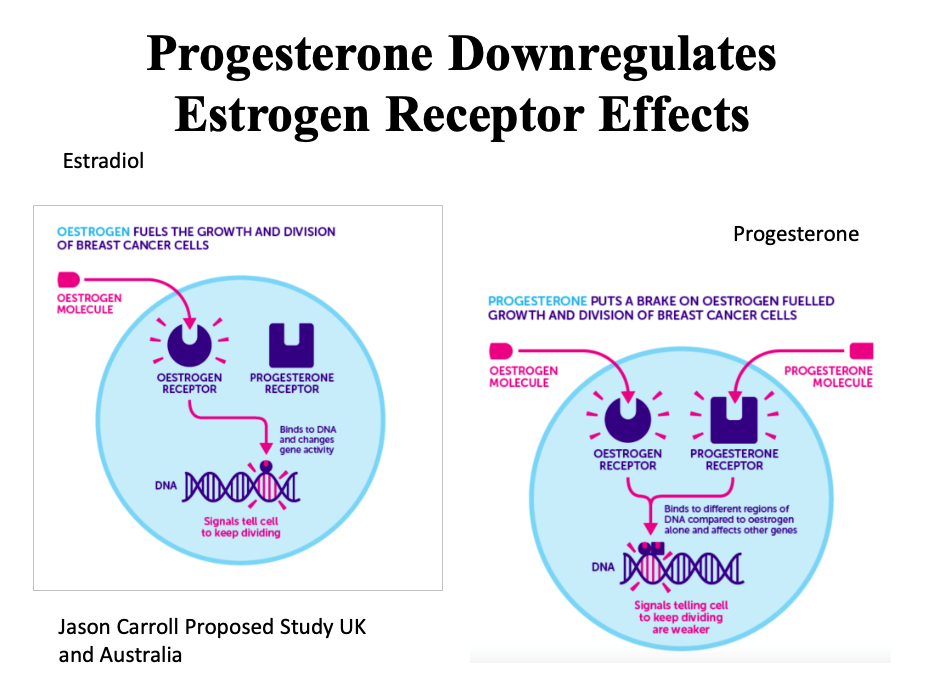
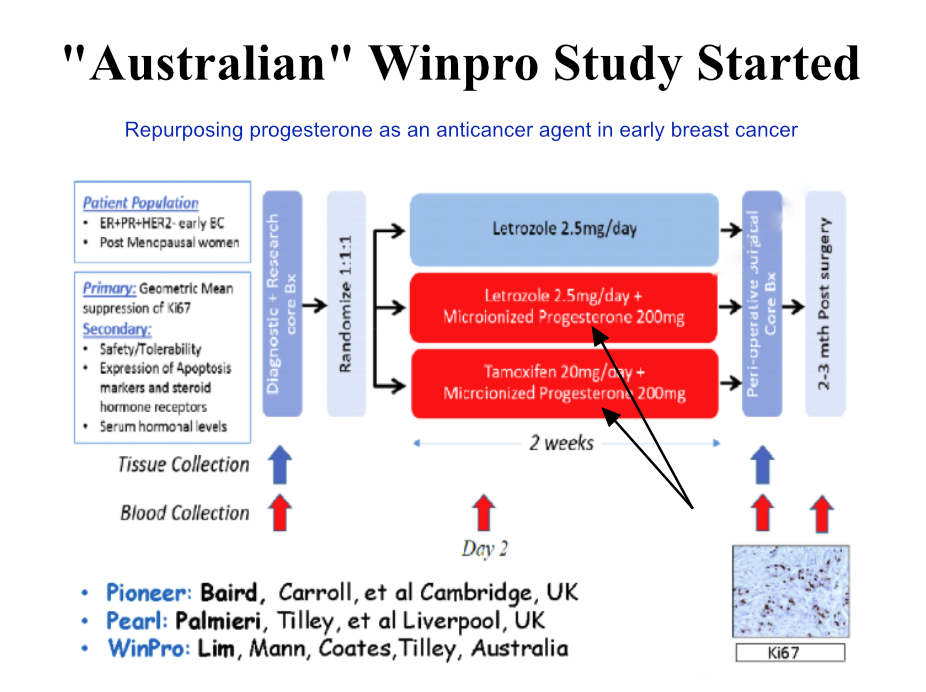
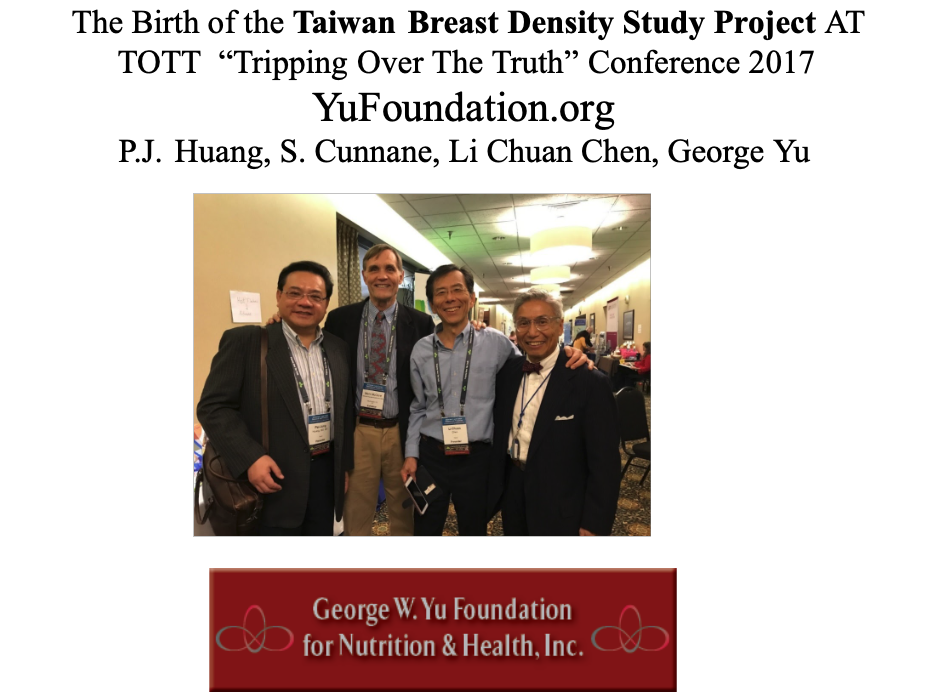

Dr. PJ Huang of Taiwan, Dr. David Zava of USA and Dr. Ralph Highnam of New Zealand have been working on the project to Study selected women with high breast density to test out the hypothesis that the group with highest breast “density” can decrease the density and decrease the risk of breast cancer development.

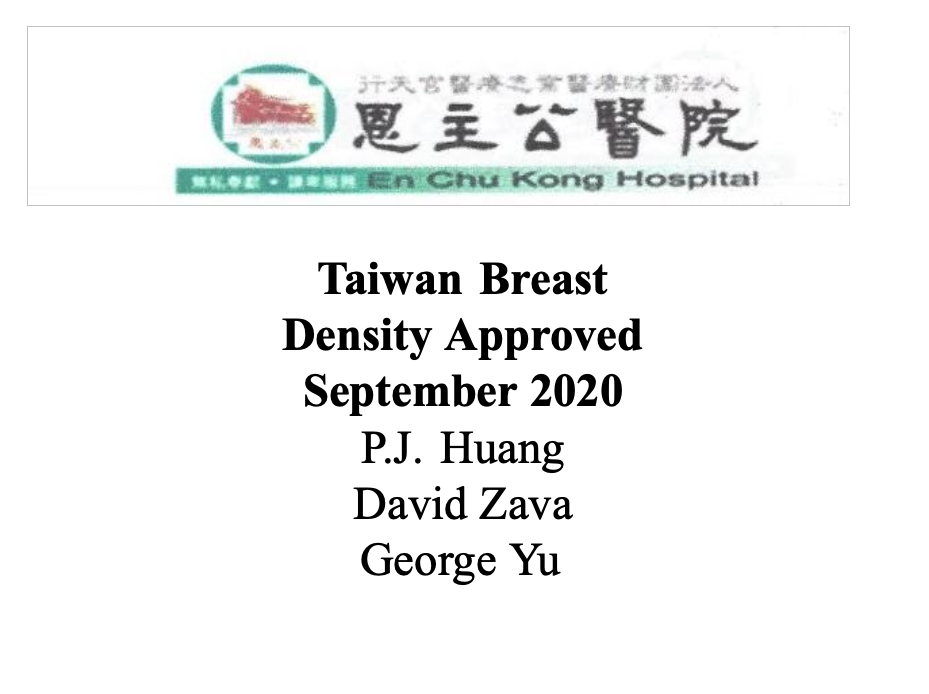
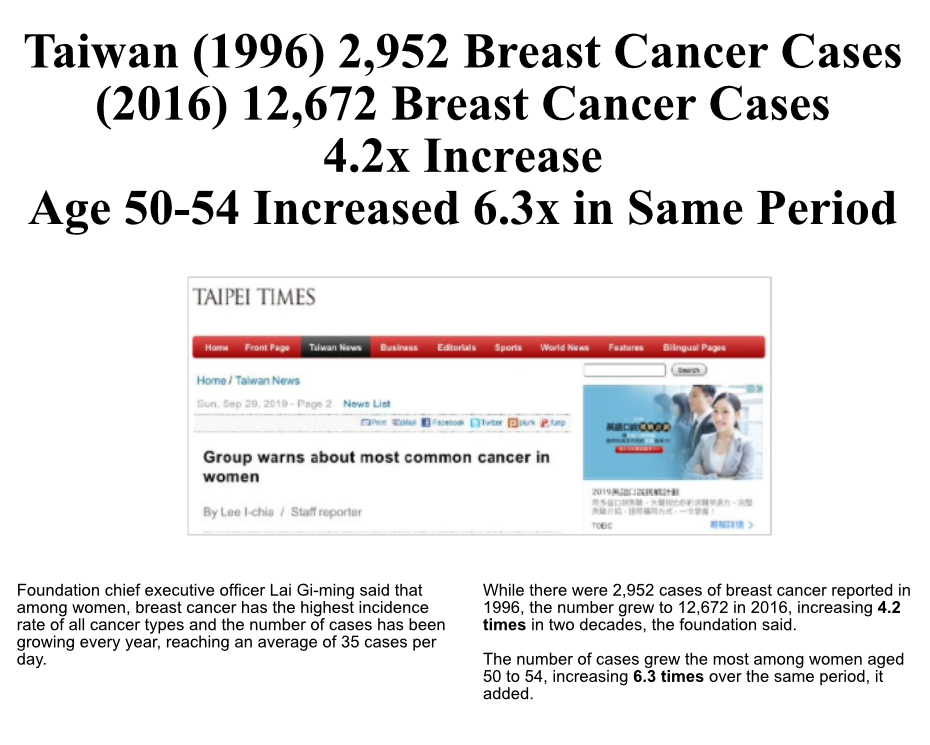
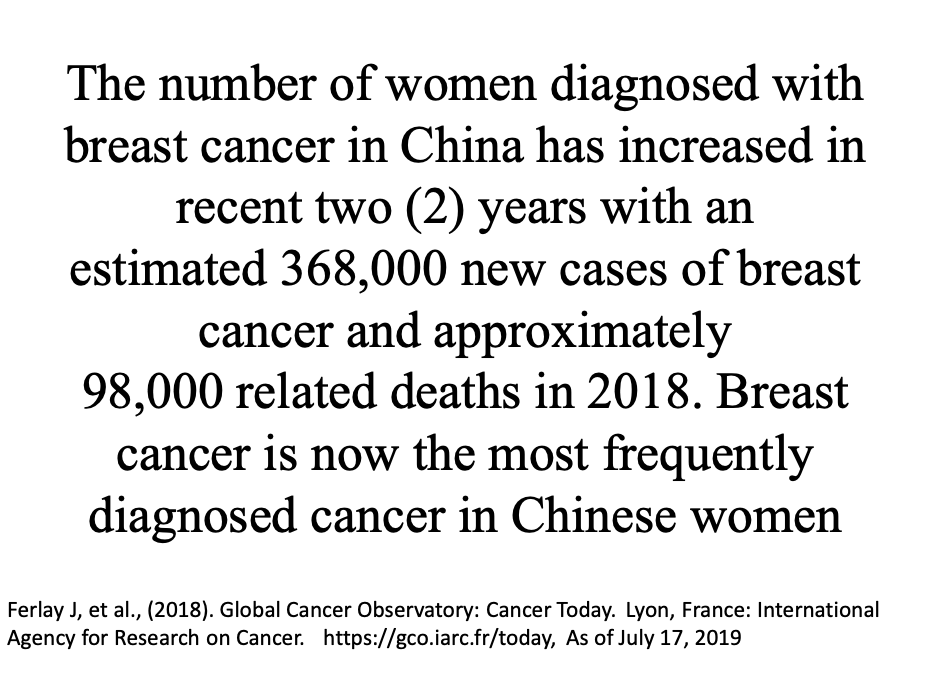
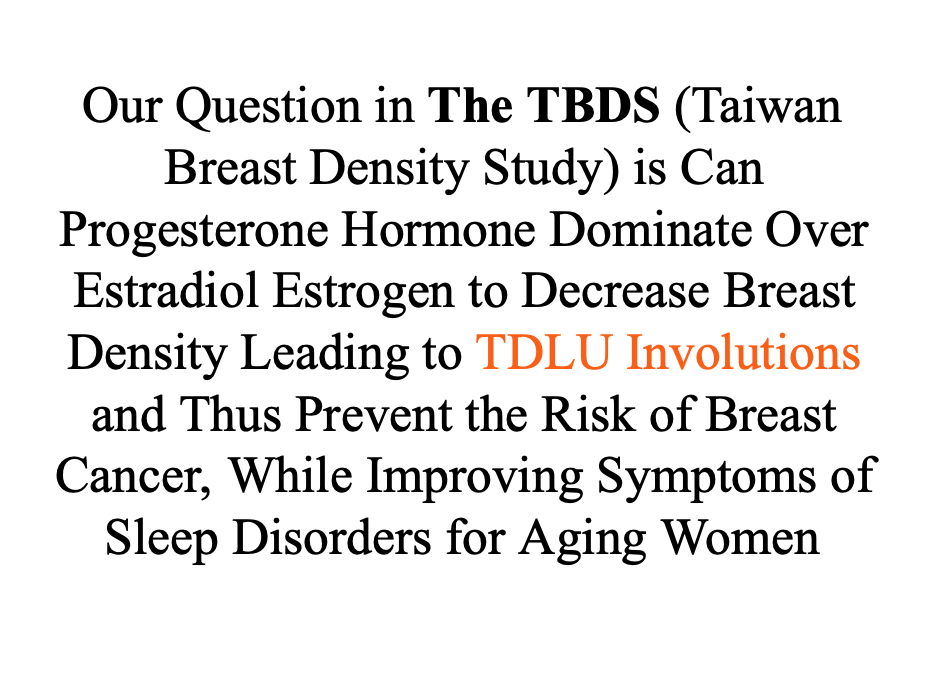
High volumetric breast density is associated with a higher risk for breast cancer in postmenopausal women. Persistent breast density extending to post-menopausal period is probably related to Estrogen dominance over progesterone as a main factor and therefore higher chances of breast cancer development. Park IH, Ann Surg Oncol 2014, 21 : 4124-4132
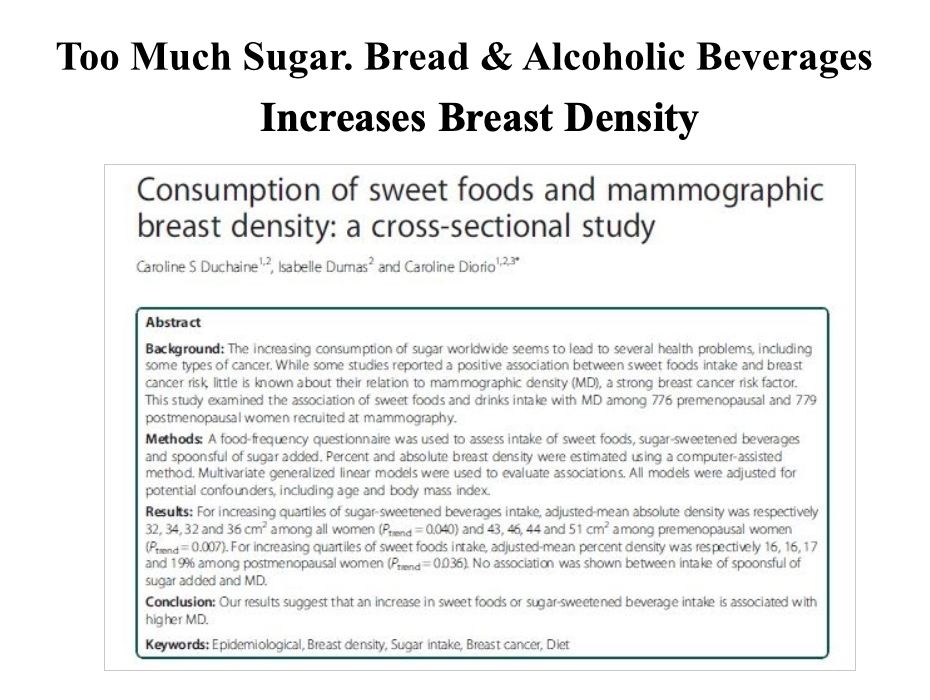
Other factors from a nutritional standpoint also effect breast density and TDLU or persistent non involuting breast glands and stroma. The more sugar and carbohydrates and alcohol you consume the more chance of having dense breast. Coffee makes more breast cysts. PET scans of breast cancer show also that breast cancer rely of sugar as a primary source of energy and “fuel” to multiply.
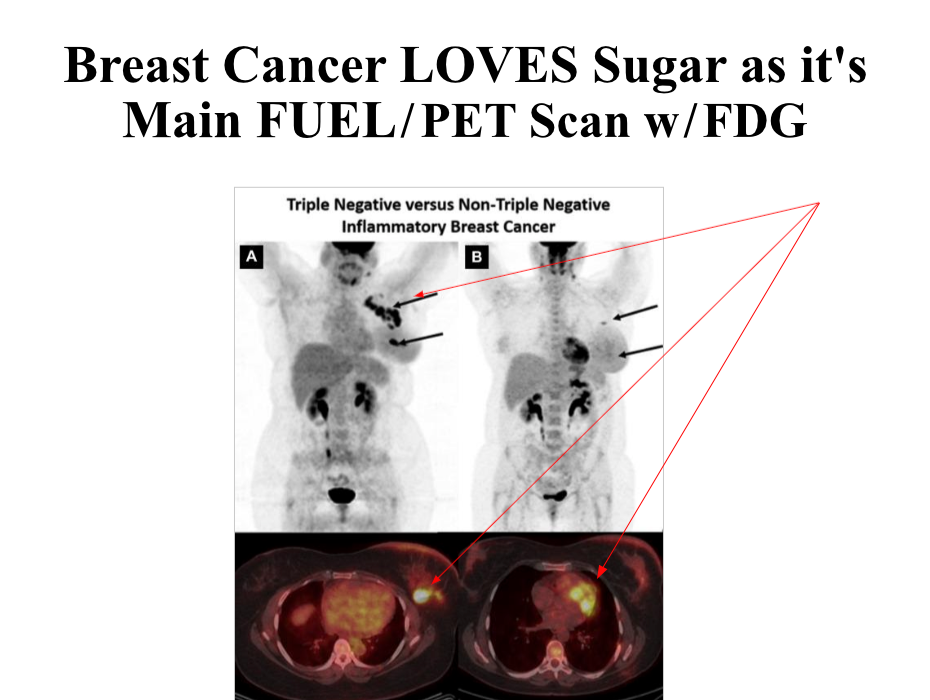
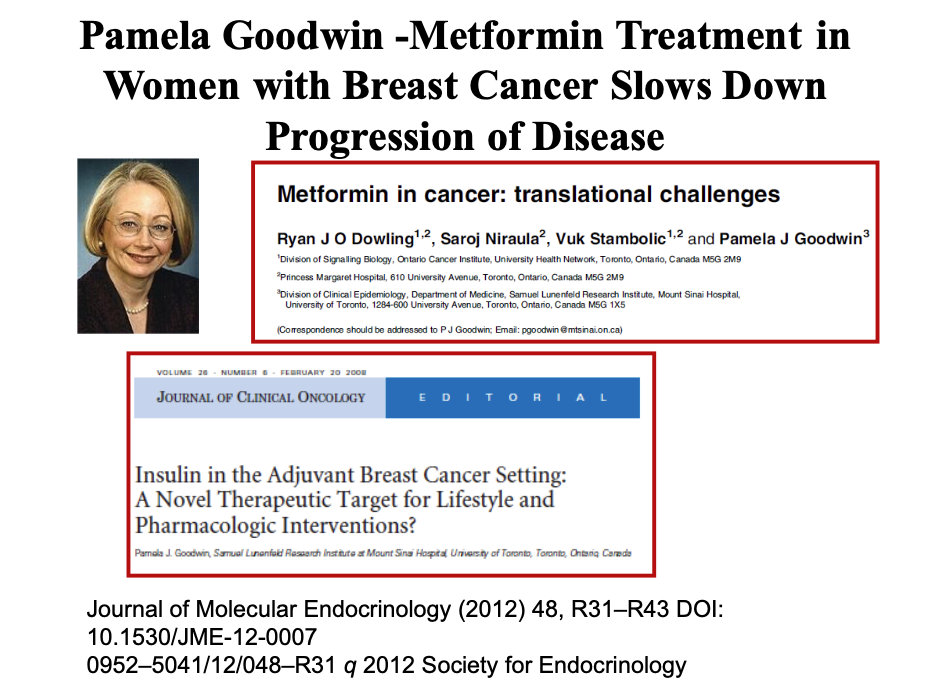
Because consumption of more sugars and carbohydrate increase breast density, Dr. Pamela Goodwin of the University of Toronto observed from the data of the Women’s Health Initiative study that women with breast cancer did not progress as quickly when they were on an anti-diabetes medication Metformin.
Repurposed Anti-Diebetic Medication Metformin
(Applied to Skin)
One side effect of oral metformin intense abdominal discomfort but by using metformin 200mg / into 1 milliliter cream, one can avoid the oral problems and bypass liver metabolism by using a compounded.
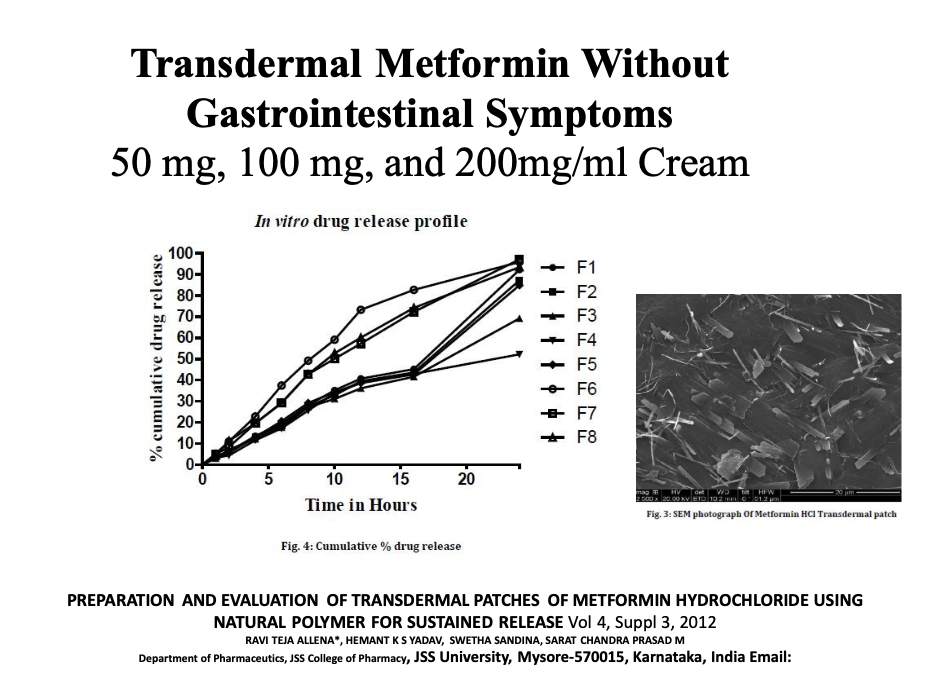
Does Progesterone Receptor Positive Mean Anything?
The clinical outcome data showing that breast cancer with low progesterone receptors is a poor prognosis for recurrence of disease with metastasis. Table #2 shows that the spread of breast cancer will occur within two years for those patients with no progesterone receptor positive (+).

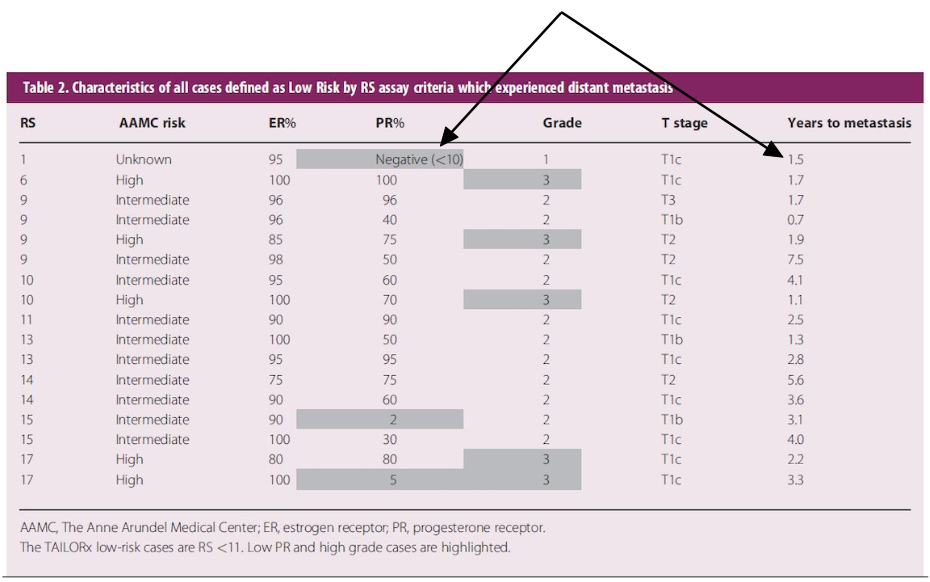
Gage MM, Annals of Oncology 29: 1280–1285, 2018 and Additional Information on the P-G Algo. Study 3/27/2018
What Is the Significance of Progesterone-Receptor Positivity in ER+ Breast Cancer?
Jose P. Leone, MD · Dana-Farber Cancer Institute
December 06, 2019
This transcript has been edited for clarity. In estrogen receptor (ER)–positive breast cancer, the progesterone receptor,
or PR, is something that we often will look into to see what the results are. So, the progesterone receptor is graded in the same way as the estrogen receptor is. So it goes from 0% to 100%, and scores of 1% or higher are considered positive.

And, we do know from many studies that the significance of the progesterone receptor is actually both prognostic andpredictive. So patients or tumors that are lower in progesterone-receptor expression have a worse prognosis compared to patients who have higher expression of the progesterone receptor. And similarly, the degree of benefit of endocrine therapy is higher if the progesterone receptor expression is higher as well. So it's both a prognostic factor of worse prognosis when PR is lower, and it's also predictive of benefit to endocrine therapy as well. [4]
Cite this: Jose P. Leone. What Is the Significance of Progesterone-Receptor
Positivity in ER+ Breast Cancer? - Medscape - Dec 06, 2019.
